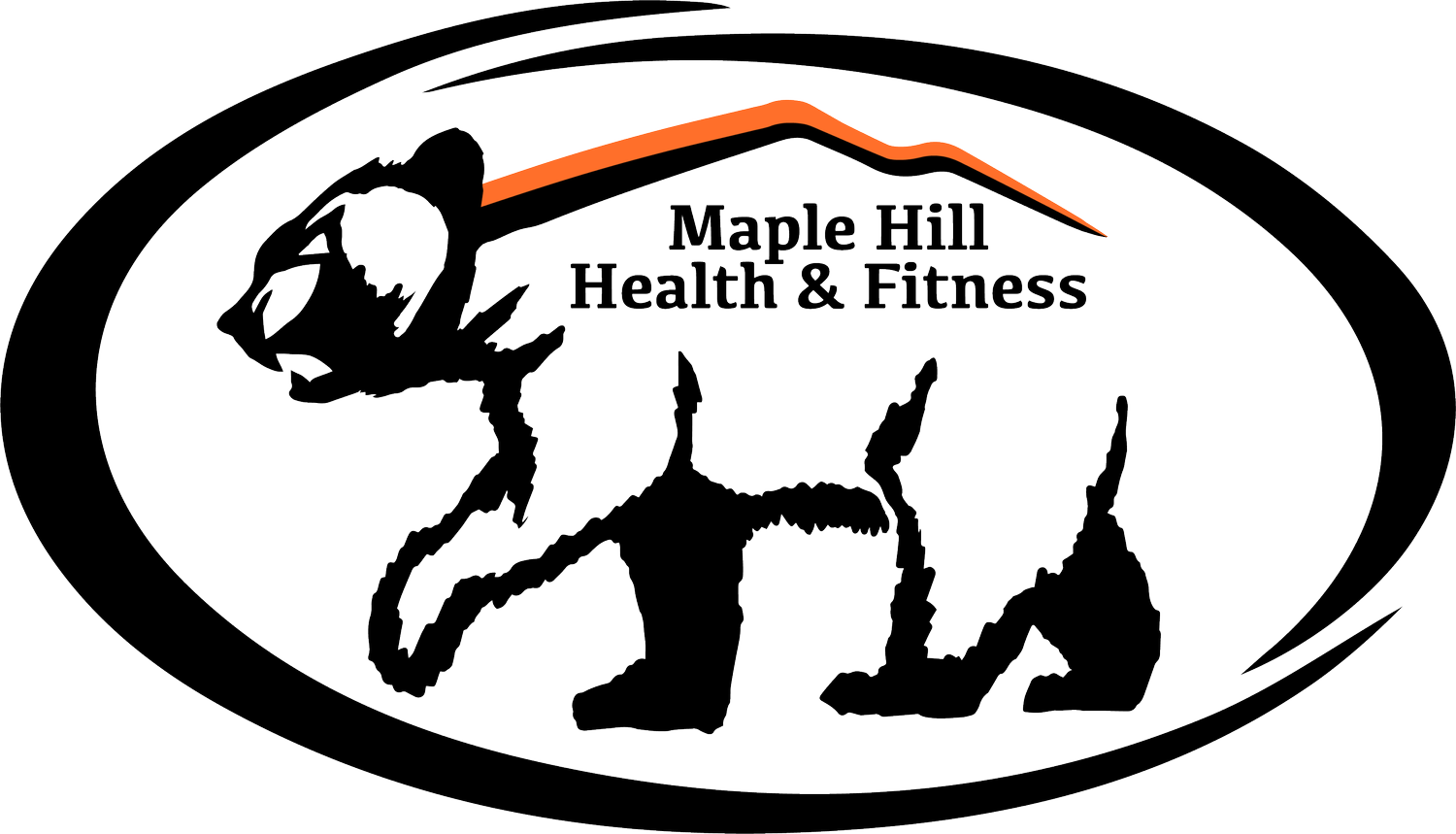The Key to Your Gains
We've all probably heard the story about Milo and his bull. The age-old story says that Milo started carrying a newborn calf on his shoulders every day. As the calf grew into a bull, Milo got stronger while carrying it and could carry a full-grown bull after four years of daily bull-carrying.
What does this ancient Greek story have to do with making your biceps swole? Well, everything, actually. The story of Milo describes what is most probably the most important principle in training, and that's progressive overload. Progressive overload basically means doing more work tomorrow than you did yesterday. A huge oversimplification, but you get the point.
Let's say you're doing sets on your bench with 200lbs for 10 reps, which happens to be close to your 10RM. Doing your sets this way will bring you gains, but only to a certain point. After that, when your body gets used to the load, it will stop adopting, and the gains will stop.
So what should you do in order to make the gain train go "choo-choo!" again? It's fairly simple and can be done in many ways.
1. Increasing the weight
Probably the most intuitive way to progressively overload is to increase the weight on the bar. Instead of doing 200lbs for 10 reps, you'll start doing 205lbs, then 210lbs after that, and so on. While being simple, it's not perfect as you will reach a plateau and will probably start doing too much weight too early.
2. Doing more reps
Also pretty intuitive, if you go from doing 10 reps to, let's say 12 reps on the same exercise and with the same load, that's a sure sign that you got stronger and progressively overloaded.
3. Increasing the range of motion
If you were doing box squats with 200lbs for 5 reps and then started progressively lowering the box as time went on, reaching a full ass to grass squat with the same load – you managed to achieve progressive overload.
4. Adding another set
Instead of doing 3 sets of an exercise, do 4 sets with the same weight and reps. You will increase the total volume done and therefore get back on the gain train.
5. Increasing the density in your workout
To increase the density of your work, you can do the same number of sets, reps, and weight in less time than before, most easily achieved by decreasing your rest time. You could also do more work in the same amount of time.
Although this method has different options for accomplishing it, going too far might change the adaptation you're trying to get.
6. Increasing your training frequency
If, for example, you're hitting your chest only once a week (which is suboptimal), you can try hitting it twice a week, increasing the frequency of your training. This will lead to more total volume being done, which is almost always a good thing regarding hypertrophy.
7. Varying the tempo
By varying the tempo of your lifts, for example, slowing down the eccentric part of the lift or doing an explosive concentric, you will increase the overall intensity of the lift. Adding pauses at the most stretched part of the exercise or at a sticking point is also a legit way to vary the tempo of the exercise.
8. Lose bodyweight?
With bodyweight being directly tied to absolute strength, lifting the same 200lbs for 3 sets of 10, while being at a lower body weight should mean you're progressively overloading on that exercise. While this isn't really a viable long-term option, you should definitely remember it if you notice you've managed to lose weight and keep your strength the same.
9. Perfect your form!
While you might have decent or even great form, you most likely have room for improvement. Perfecting the form of any exercise can make it harder, but it can also make it easier if you manage to be more efficient. Being more efficient means you can lift more weight and therefore hit your muscle with higher loads!
Are there any cons to progressive overload?
Not really; the problem with the story about Milo is that progressive overload isn't exactly linear, and I'll be damned if you manage to carry around a full-grown bull at any point in your lifetime.
Our gains will be linear at the beginning, but that won't go on indefinitely, and they'll start to slow down as time goes on. If we don't get too greedy and start racking up weights we are not ready for, we should theoretically be able to progressively overload until we hit our genetic limit.


